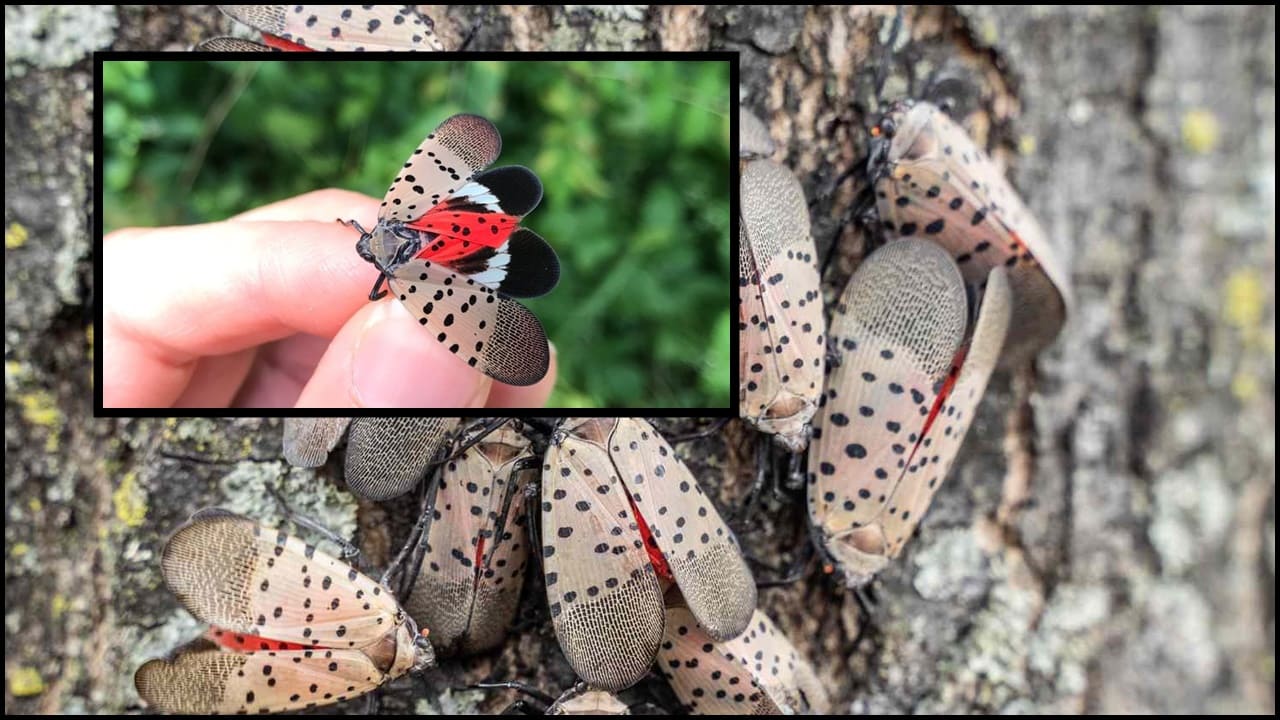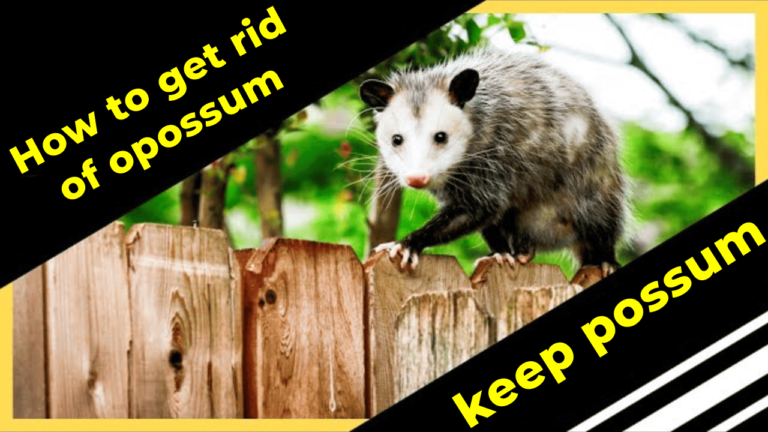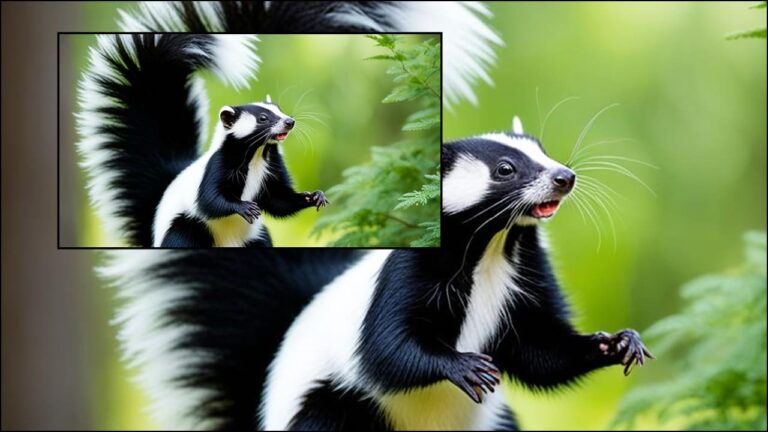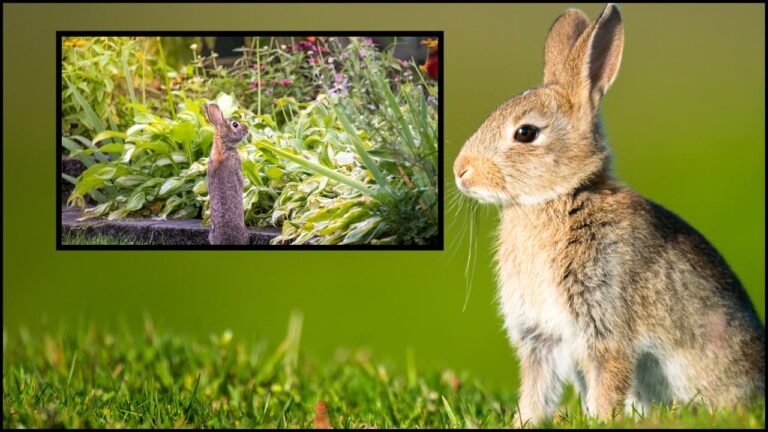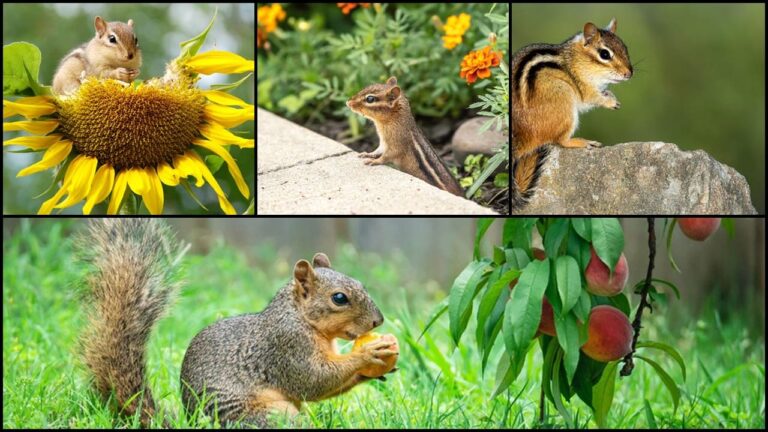How to Get Rid of Spotted Lanternfly Infestations in Your Yard
The spotted lanternfly (Lycorma delicatula) has emerged as a significant pest in recent years, spreading rapidly and posing serious threats to agriculture, ecosystems, and personal gardens. Native to China, Vietnam, and Taiwan, this invasive planthopper was first detected in the United States in Pennsylvania in 2014. Since then, it has expanded its range across the East Coast and into parts of the Midwest. This article provides actionable steps to identify, prevent, and naturally control spotted lanternfly infestations while offering tips to help protect your plants and contribute to broader pest management efforts.
What Are Spotted Lanternflies?
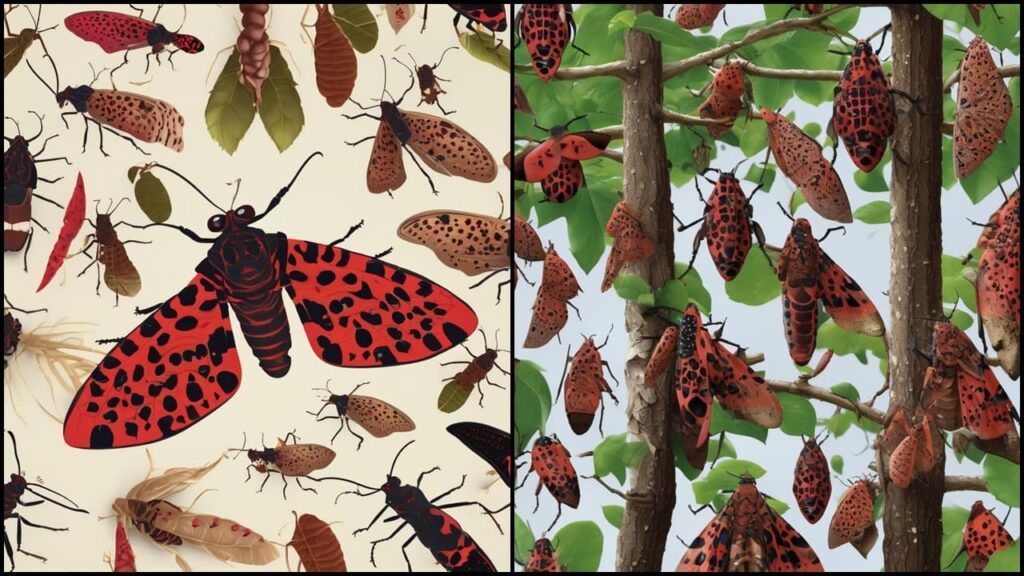
Spotted lanternflies are sap-feeding insects that endanger a variety of plants, including grapes, hops, apples, and several tree species. Adults measure about one inch long, with beige forewings adorned with black spots and striking red underwings. While they are not strong fliers, their ability to hitch rides on vehicles, shipments, and other objects makes them effective at spreading.
Lifecycle
The lanternfly lifecycle begins in the fall when females lay eggs on trees, vehicles, rocks, and other surfaces. These egg clusters, resembling dried mud or lichen, remain dormant throughout the winter. In spring, the eggs hatch into nymphs, which progress through stages of development, transitioning from black and white spots to red with black markings. By mid-summer, nymphs mature into adults, repeating the cycle.
Why Are Spotted Lanternflies a Problem?
Spotted lanternflies feed on plant sap, weakening plants and making them susceptible to disease. They excrete a sticky substance called honeydew, which promotes the growth of sooty mold, further impairing photosynthesis and reducing crop yields. Infestations can lead to plant wilting, leaf curling, and eventual death in severe cases. Their rapid spread also disrupts ecosystems and incurs significant economic costs for agriculture and forestry industries.
How to Identify Spotted Lanternfly Infestations
If you suspect a spotted lanternfly problem, look for these telltale signs:
- Honeydew and Sooty Mold: Sticky residues on leaves, stems, or ground surfaces, often accompanied by dark patches of mold.
- Oozing Sap: Fermented-smelling sap leaks from feeding wounds on tree trunks or branches.
- Egg Clusters: Brownish-gray deposits resembling dried mud on tree bark, outdoor furniture, or vehicles.
- Visible Insects: Adults and nymphs are often seen clustering on tree trunks during the day or moving up and down trees at night.
Natural and Non-Toxic Control Methods
- Remove Host Plants
Spotted lanternflies are particularly attracted to the tree of heaven (Ailanthus altissima), which serves as a primary host. Removing these trees can disrupt their lifecycle. Repeated cutting, girdling, or hand-pulling is necessary to prevent regrowth. Replace invasive species with native plants to enhance biodiversity and discourage reinfestation.
- Destroy Egg Masses
Fall and winter are prime times to search for and eliminate egg clusters. Use a flat-edged tool, such as a credit card or putty knife, to scrape eggs into a container filled with rubbing alcohol or hand sanitizer. This simple step can significantly reduce the lanternfly population in spring.
- Use Traps and Barriers
Sticky Bands: Wrap tree trunks with sticky tape to capture nymphs and adults. To prevent harm to non-target wildlife, cover sticky bands with mesh or chicken wire.
Circle Traps: These traps funnel lanternflies into a bag using a cone-shaped mesh. They are safer for wildlife and highly effective.
- Handpicking and Vacuuming
For small infestations, manually pick off lanternflies and drop them into a bucket of soapy water. For larger infestations, a shop vacuum can efficiently remove insects. To ensure they don’t survive, freeze the vacuum bag or leave it sealed for several days before disposal.
- Natural Sprays
Neem oil, diatomaceous earth, and insecticidal soaps are effective at killing lanternflies. Vinegar sprays work on contact but should be used cautiously to avoid damaging plants. Avoid spraying during the hottest part of the day and keep treatments away from flowers to protect pollinators.
- Attract Predators
Encourage natural predators such as birds, praying mantids, wheel bugs, spiders, and wasps by creating a wildlife-friendly garden. Install bird feeders or plant companion species that attract beneficial insects to your yard.
Prevention Tips
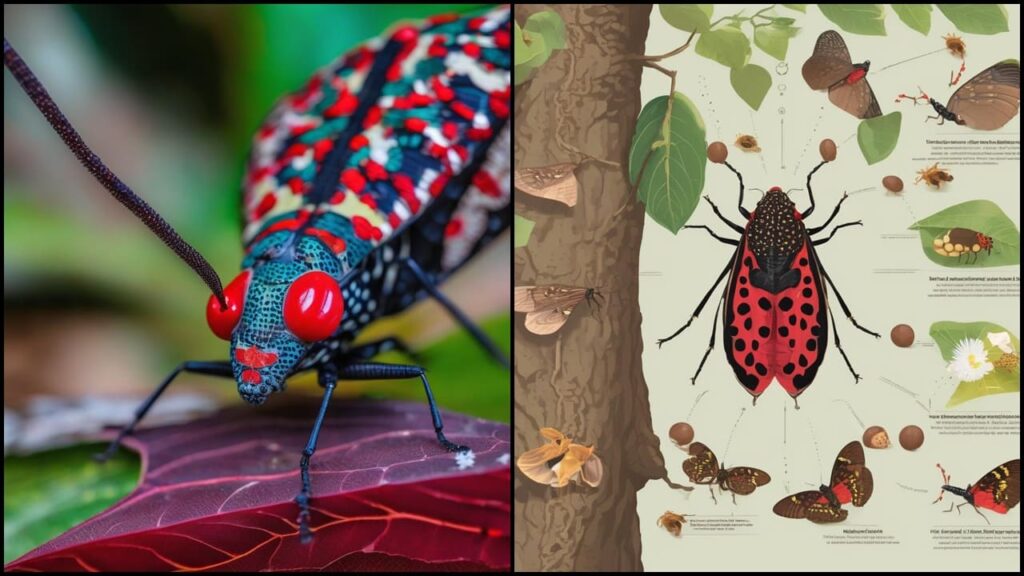
Inspect vehicles, outdoor furniture, and equipment for egg masses before moving them from infested areas.
Purchase plants and garden materials from reputable, local nurseries.
Avoid transporting firewood from infested regions.
Educate your community about spotting and reporting lanternflies to local agricultural departments.
Why Consistency Matters
Combating spotted lanternflies requires vigilance and a multi-pronged approach. Regularly inspect your property for signs of infestation and use several control methods simultaneously for the best results. By working together at the local and community levels, we can slow the spread of this invasive pest and protect our ecosystems.
Conclusion
The spotted lanternfly is a formidable foe, but with informed strategies and persistent effort, it is possible to manage their impact. By identifying infestations early, employing natural control methods, and promoting community action, you can safeguard your plants and contribute to the broader fight against this invasive species. Together, we can preserve our environment and mitigate the damage caused by these destructive pests.

